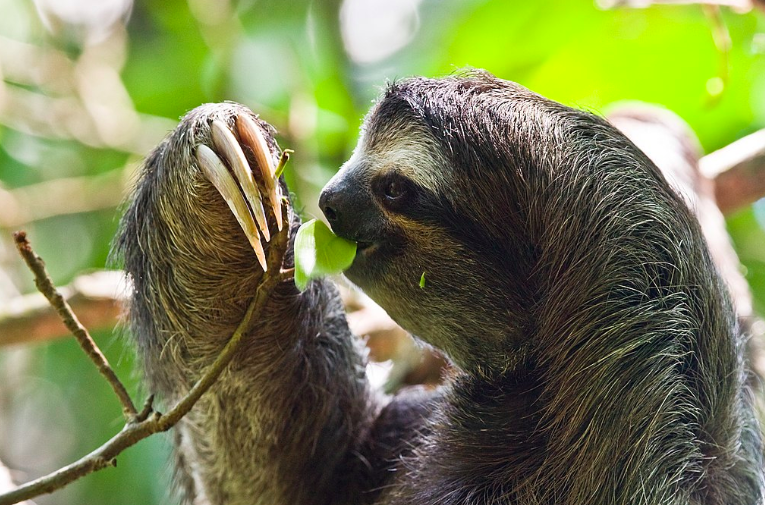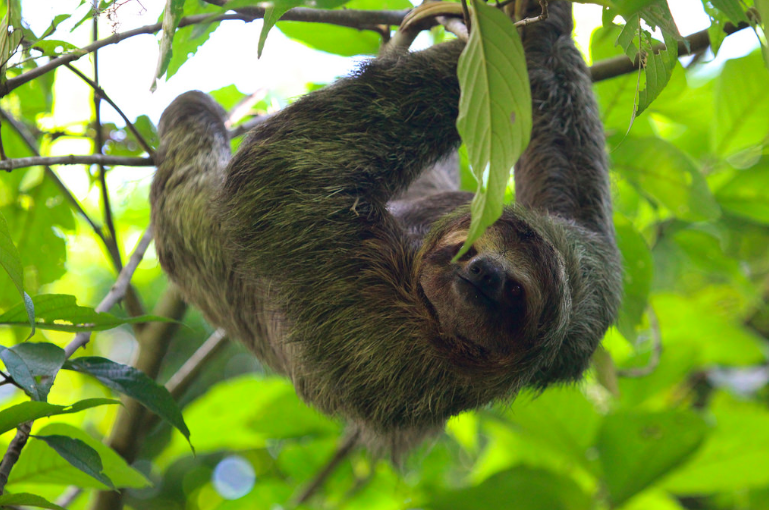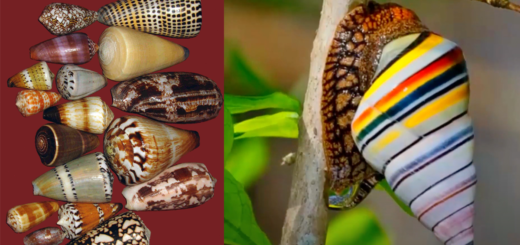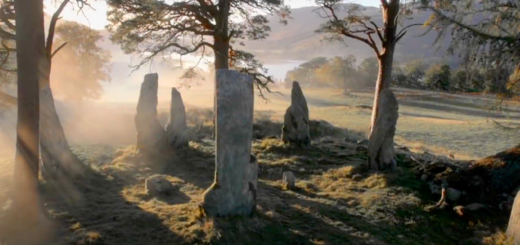Amazing Facts About Sloths
Sloths are adorable arboreal animals native to Central and South America. They spend most of their time hanging out in trees and are known for how slowly they move. For many, cute pictures of sloths can be a source of enjoyment, but few know much about how these sweet creatures live. Check out our list below to learn some fantastic sloth facts.
26 Interesting Sloth Facts
They All Have Three “Toes.”
Despite the fact that sloths are either two-toed or three-toed, in fact, all sloths have three toes on their rear feet. The difference in two-toed versus three-toed sloths comes when looking at the front paws.
They Can Live Up to 40 Years.
Most sloths will only live for about 20 years in the wild, but at least one sloth has been known to live for up to 40 years. This two-toed Hoffman’s sloth was kept in captivity in Australia until she was humanely euthanized at the remarkably old age of 43.
Sloths Are Excellent Swimmers.
One of the many surprising sloth facts is their ability to swim. Although these easy-going mammals are best known for hanging upside down in trees, they are quite proficient at swimming. In fact, moving through water allows sloths to swim much faster than they can walk on the ground.
Sloths Can Hold Their Breath for A Long Time.
In addition to being excellent swimmers, sloths can hold their breath underwater for nearly 40 minutes! Compared to other mammals, even those who live in water, this is a relatively long time. For comparison, Dolphins typically hold their breath for around ten minutes before coming to the surface.
They Have Conical Teeth.

While Sloths consume a herbivorous diet, their teeth are unlike those of other herbivores. Instead of premolars and molars, Sloths have unrooted teeth that continuously grow from birth until death. Sloths only have nine teeth in total, and they don't have enamel.
Sloths Have Very Specific Poop Habits.
Many sloth facts are because of their unusually slow metabolisms. Sloths are known to only poop once a week. However, whenever female sloths are in heat, they poop every day for ten days straight. Each time they go, sloths climb from their home in the canopy all the way to the forest floor and even perform a little dance. As an added note, sloths defecate and urinate simultaneously.
Sloths Risk Their Life to Poop.
While sloths only leave the safety of their trees to poop about one time per week, it is an incredibly dangerous venture. Because sloths have very little muscle mass, they cannot efficiently move on the ground. Every time they descend from their home branches, sloths risk their lives.
Sloths Sleep 10 Hours A Day.
Sloths are notorious for being a sleepy creature in captivity, snoozing upwards of 16 hours per day. However, when studied in their natural habitat, researchers discovered that sloths in the wild only sleep around 10 hours each day.
Algae Grows on Their Fur.
Sloth fur has a unique structure that allows for the growth of algae, particularly around the animals head and neck. While scientists are uncertain of the specific reason for this trait, they have recently discovered a host of other fungi with incredibly therapeutic medicinal properties.
It Can Take Up to A Month for Sloths to Digest Food.
The following are sloth facts about their diet. Sloths eat a diet that is predominately made up of leaves with a few fruits, stems, and buds thrown in on occasion. However, there unique digestive system moves as slow as they do and it can take an entire month for some foods to finish digesting completely.
Sloths Have a Four-Part Stomach.
Similar to the stomachs of cows, sloths have a four-part stomach that takes a long time to digest the massive amount of leaves they consume. This type of construction allows sloths to enjoy vegetation that is inedible to other mammals.
A Sloth Can Starve To Death With a Full Stomach.
Sadly because of the unique intricacies of the sloths' digestive system, it is possible for a sloth to die of starvation even with a full stomach. Sloths are highly dependent on bacteria in their stomachs, and if their body temperature falls below a certain point, these bacteria will stop functioning. If the bacteria stop working the sloth cannot get the nutrients it needs to live.
Sloths Can Retain Their Grip After Death.

The long claws found on both two- and three-toed sloths are used to enhance their powerful grip on branches high in the canopies of South and Central America. It may be tempting to imagine this powerful grip diminishing with death, but that is not always the case. Even after death, the long claws found on a sloth can keep it hanging onto a beloved tree branch.
Sloths Cannot Shiver.
Due to their extraordinarily low muscle mass, sloths cannot shiver. While this may not seem too important, keep in mind that shivering allows warm-blooded mammals to raise their core temperature. Because sloths cannot shiver, they cannot warm themselves.
They Can Turn Their Heads Almost 360 Degrees.
Unlike most mammals, sloths have a unique number of neck vertebrae. While most placental mammals have seven neck vertebrae, sloths can host up to ten. These “extra” vertebrae give sloths the ability to turn their heads much further than other mammals.
Their Claws Can Grow Up to 4 Inches.
On their hands and feet, Sloths bear claws that grow up to four inches in length and naturally curve inwards. These natural “hooks” make clinging to tree branches easy and can be used as weapons if need be. The next sloth facts will be about how they mate.
Sloths Are Solitary Creatures.
Unless they are getting ready to mate, sloths are a very solitary animal. Occasionally, female sloths do congregate together, but not always. One exception to this is directly after a female sloth gives birth.
Female Sloths Scream When They Are Ready to Mate.
Female sloths reach sexual maturity before their male counterparts, and when they are ready to mate, they are not shy about it. When a female sloth is prime for mating, she signals to male sloths nearby with a loud scream.
Male Sloths Battle for the Chance to Mate.
After a female sloth emits her mating scream, males close by will draw nearer and begin the battle for her affections. The male sloths hang from the trees by their feet and paw at one another until one sloth reigns victorious over the others.
Sloth Mating Is Very Brief.
Once the battle is over, the process of mating begins. Sloths mate in the tree canopies that they live in and it is a brief encounter. The entire process from start to finish takes only five seconds to complete.
They Give Birth to One Baby at a Time.
Like many mammals, sloths give birth to one baby at a time. Normal gestation among sloths ranges from six months to eleven and a half months depending on the type of sloth. Unlike other mammals, sloths do not leave their trees to give birth. This fact is especially impressive considering that sloths also don’t build a nest.
Baby Sloths Hang From Their Mother’s Bellies.
After being born, baby sloths hang tightly to their mother’s belly as the mama sloth moves around the trees as usual. During this time, baby sloths learn what leaves are safe to eat and how to hang upside down. Once the baby can hang from branches on its own, it stops clinging to its mother and starts clinging to the trees.
Sloths Rarely Die From Falling.
It’s unlikely for a sloth to fall from its treetop home, but it’s even more unlikely that it will die from the fall. Despite their relatively low muscle mass, sloths are incredibly sturdy creatures. However, if a sloth falls from it’s home in the tree branches, it faces a risk of being killed by nearby predators.
Young Sloths Live Close to Their Mothers for Years.
While it only takes a few short weeks for a baby sloth to learn to hang from tree branches independently, they typically live close to their mothers for years to come. These notoriously solitary creatures like to stay close by for up to four years.
A Sloth’s Fur Grows Upside Down.
Because sloths spend a majority of their time hanging upside down in trees, their bodies have naturally adapted to this inverted lifestyle. These adaptations include the direction that their fur grows. And when compared to other mammals, sloth fur grows in the opposite direction causing a unique part to form on their bellies.
Ancient Sloths Were Huge.
No list of sloth facts would be complete without mentioning their rather large ancestors. While sloths today are relatively small creatures, that wasn’t always the case. Despite their current arboreal nature, sloths descended from large ground mammals. These “ground sloths” could grow to be nearly 10 feet long and weighed more than a ton.
As you can see from this extensive list of sloth facts, sloths are much more complicated creatures than most people give them credit for. While it can be tempting to think of them as lazy or docile, they are in fact quite unique. Nearly every aspect of the sloth’s daily life has adapted to its inverted tree bound lifestyle despite its origins as impressive “ground claw.”







